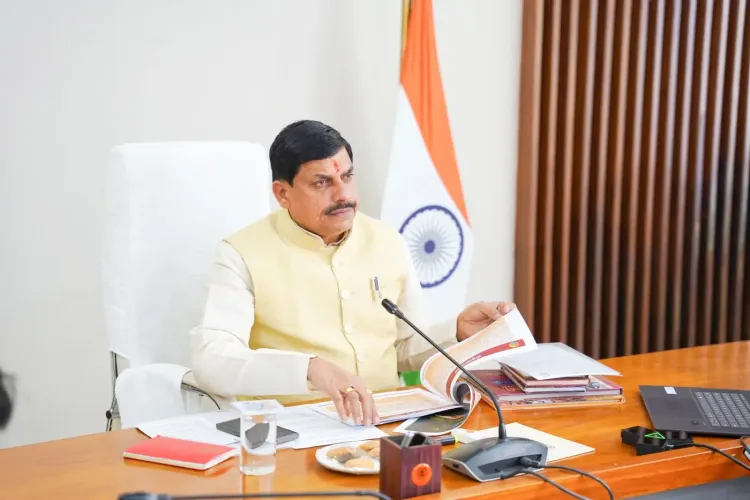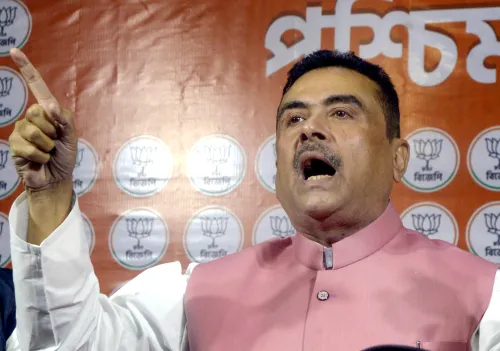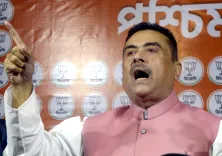Will Madhya Pradesh Embrace the Unified Pension Scheme?

Synopsis
Key Takeaways
- Madhya Pradesh is set to implement the Unified Pension Scheme.
- A six-member committee will assess the proposal.
- The UPS guarantees fixed pensions.
- Employees with 25+ years of service receive 50% of their last month's pay.
- In case of death, families get 60% of the pension.
Bhopal, April 29 (NationPress) Following in the footsteps of Maharashtra, the government of Madhya Pradesh is preparing to roll out the Unified Pension Scheme (UPS) for its workforce.
The state Cabinet convened on Tuesday to approve the establishment of a six-member committee tasked with assessing and formulating a proposal, albeit an alternative, under the Unified Pension Scheme (UPS) for state personnel.
According to Urban Development Minister Kailash Vijayavargia, the committee includes senior civil servants such as Ashok Barnwal, Manish Rastogi, Lokesh Jatav, Tanvi Sundriyal, Ajay Katesaria, and JK Sharma. Their role will involve examining the relevant directives issued by the Government of India and providing a comprehensive report based on their analysis. This initiative aligns with the framework set forth by the Central Government.
While the implementation of the UPS is not compulsory for state governments, several states have taken the initiative to adopt the scheme for their employees.
Maharashtra was the first to embrace this, becoming the inaugural state to approve and implement the UPS for its workforce. The Unified Pension Scheme, launched by the Central government on August 24, 2024, officially commenced on April 1, 2025.
Planning for retirement is a vital financial choice, especially for government employees, and the advent of the UPS has presented them with a significant decision: to remain with the existing National Pension Scheme (NPS) or shift to the newly introduced scheme.
The UPS introduces a considerable change by ensuring a guaranteed pension. Employees with 25 or more years of service will receive 50 percent of their average basic pay for the last 12 months preceding retirement. Those with a minimum of 10 years of service are promised a monthly pension of Rs 10,000 post-retirement.
In the unfortunate event of the employee's passing, their family will receive 60 percent of the pension amount.
Conversely, the National Pension Scheme, established in 2004 to succeed the Old Pension Scheme (OPS), operates on a market-driven model. Initially available only to government personnel, the NPS was expanded in 2009 to include NRIs, self-employed individuals, and workers from the unorganised sector.
Unlike the UPS, the NPS does not offer a fixed pension. Instead, the pension amount is contingent upon investment performance. Participants contribute regularly to pension funds and may withdraw 60 percent of the accumulated amount as a lump sum at retirement, with the remainder allocated to an annuity plan for monthly payouts.
"With the launch of the UPS, employees find themselves at a pivotal junction, deliberating between the reliability and security of the new scheme versus the adaptability and market-driven prospects of the NPS," remarked a retired senior civil servant to IANS.
The committee's recommendations are anticipated to significantly influence the evolution of retirement planning within this framework.










